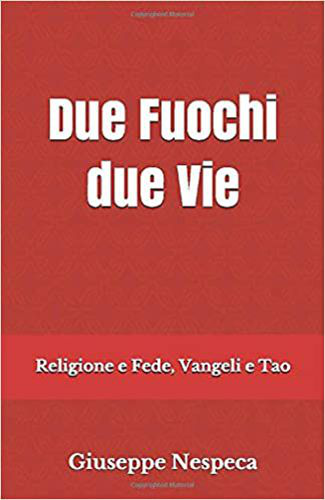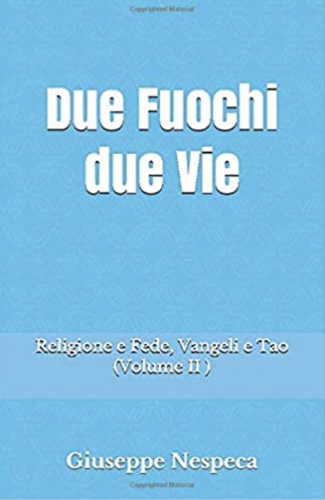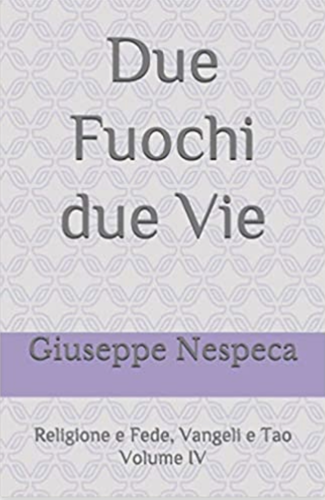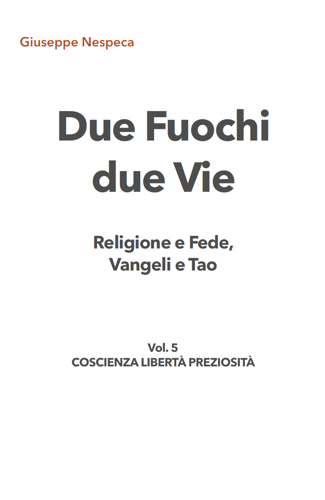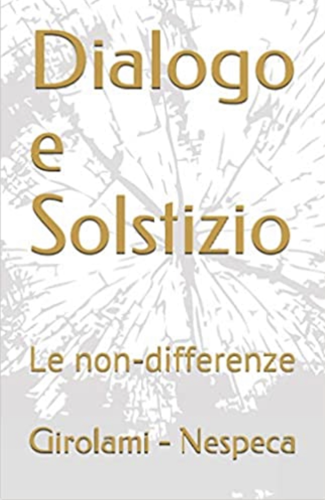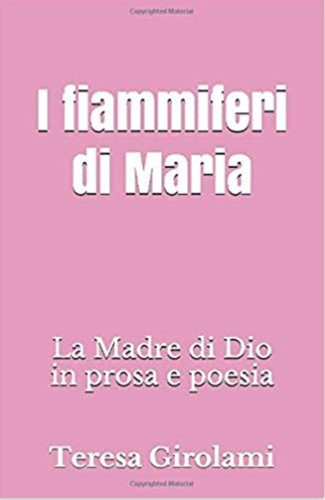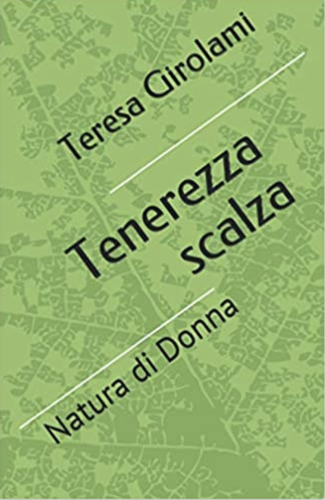1. Adoration of the Cross.
In the afternoon we approached the wood on which Christ, Saviour of the world, hung: Ecce lignum Crucis. There was a profound silence in the great Basilica of St. Peter's; a strong recollection reigned in the hearts of those present.
The Cross was being worshipped!
2. We then came to the Colosseum to retrace the Way of the Cross. Christ said: "Whoever does not take up his cross and follow me is not worthy of me" (Mt 10:38). He said this not only for his disciples then, but also for those who would come later. He repeats it to us his disciples today. We have come to the Colosseum, which speaks to us of ancient Rome. Then the Cross entered into the life and death of the first Christians, who were called to bear witness to Christ with the sacrifice of their existence. The Cross filled their death with the death of Christ; it filled their death with the inexpressible Life: his Life. "Whoever loses his life for my sake and the Gospel's will save it" (Mk 8:35). They immolated life, and saved it in Christ. Hail Crux!
3. The adoration of the Cross endures throughout the centuries, in the succession of generations. Even our century - this 20th century - has known the bitter experience of religious persecution in the modern 'coliseums' of Europe and the world, in East and West. Centuries later, here are still people who, like the Christians in ancient pagan Rome, knew how to adore the Cross with the sacrifice of their lives, knew how to embrace the Cross with the supreme witness of martyrdom. Christians who went to their deaths shouting: Ave Crux! Their death, thanks to the Cross of Christ, becomes a seed of new life.
Ecce lignum Crucis.
4. Dear brothers and sisters, we have come to the Colosseum this evening to participate in the Way of the Cross. The Cross is also the way. Christ said: "If anyone wishes to come after me... let him take up his cross daily and follow me" (Lk 9:23). The Cross therefore is the way, the way of daily life. It is, in a way, the companion of this life. In how many forms does the experience of taking up the "cross each day" also present itself for each one of us! It is called by different ways and names. Often, indeed, man trembles, he does not want to pronounce this name: "the cross". He looks for other definitions, other appellations. Yet this name is full of content and meaning. Cross is the saving word, by which the Son of God reveals to every man the total truth about himself and his own vocation (cf. Gaudium et Spes, 22). It reveals this truth to every man and woman, and particularly to those in suffering.
To the suffering person the word "cross" reveals that he or she is not alone, but walks with the One who first accepted the cross and, through the cross, redeemed the world.
5. Ecce lignum Crucis... Here is the wood of the Cross, on which Christ, Saviour of the world, hung. Venite adoremus.
Today, Good Friday, the Church asks everyone to accept the salvific message of the Cross of Christ. A message that is the power of God and the wisdom of God - as St Paul proclaims. Message that encloses the history of man on earth, of each and of all: it encloses the hope of Life and Immortality.
Christ reiterates to every creature, to each one of us: "I, when I am lifted up from the earth, will draw all to myself" (Jn 12:32).
Ave Crux!
Ave verum Corpus natum de Maria Virgine,
vere passum,
immolatum in Cruce pro homine...
Esto nobis praegustatum mortis in examine.
Amen!
[Pope John Paul II, Way of the Cross at the Colosseum 9 April 1993]





